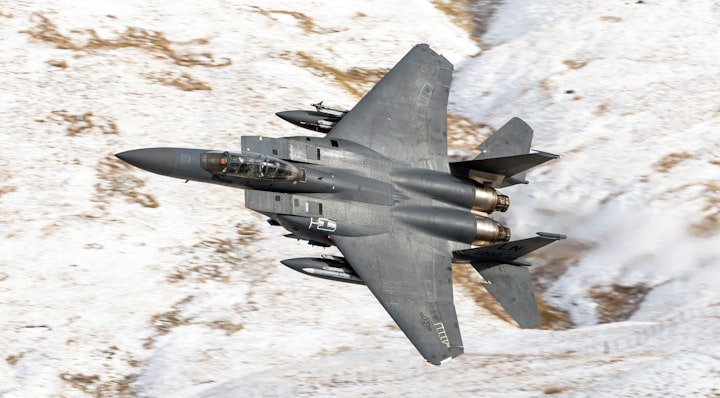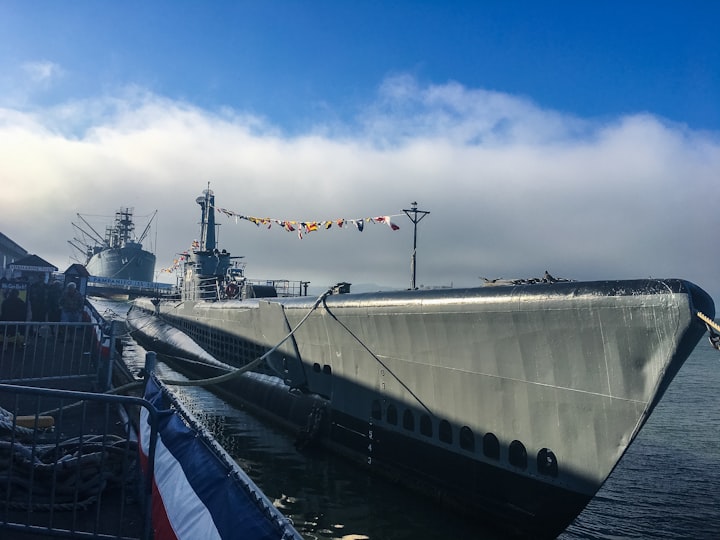Sailor and the Storm
The Devils Triangle

Three full days would pass before the sea would calm herself. The wind and rain instigated the whole thing. It was the most staggering experience of all time at the ripe age of 18 years. Who would have thought Sailor would seize such an experience straight from the sleepy streets of a sheltered life. Every belief, thought, friendship and school day suddenly was a distant memory to the young lad. The ocean had become a secret lover to Sailor, who was clueless about his love for the sea. Every swell and ponding raindrop and the screeching howl of the wind, Sailor loved her minute by minute. What reasoning had birthed in his simple mind to embrace the storm as if at an amusement park?
None was more poignant than crossing the great Atlantic Ocean of all the experiences and love affairs Sailor developed with the boat, the sea, and the squadron. The storm on the Atlantic Ocean would be the experience of a lifetime. One of those events that as a youngster only comes once because the circumstances will never exist again. The USS Independence (CV-62) measures height to a 25-foot building from the keel to the mast. The following official report from a Navy website attempts to capture the intensity of the storm.
April 7, 1977 – 1,000 miles west Rota Spain – All nine ships in U.S. Navy Task Group 21.2, including USS Independence, suffer varying amounts of damage when they encounter a storm with 20-foot seas. Some Independence planes land at Lajes Air Base, in the Azores. http://navysite.de/cvn/cv62.htm
The USS Independence (CV-62) was one of the United States Navy's largest aircraft carriers. She measured 25 stories high, and this report says the seas were 20 feet high, an indicator of the enormity of the storm. It was exciting, adventurous, and scary! All in a matter of nine days from leaving the pier at Norfolk Naval Station, his first harrowing experience in the U.S. Navy involved the mighty ocean unleashing her uncontainable might.
It would seem the Task Group would have waded out the storm, but going through the storm and overcoming its formidable threat is the mark of a true Sailor. On April 7, 1977, over the 1MC, the OOD announced the probability of sailing into a storm. Later that day, the OOD called away, "General Quarters, general quarters; all hands man your battle station, now set condition Zebra throughout the ship." G.Q. and Condition Zebra meant the ship was armed and ready for battle. But what battle? For about a millisecond, Sailor sat in his workspace wondering, "Is this for real?"
Immediately the OOD came back on the 1MC and said, "This is not a drill!" which seemed to happen frequently onboard the Indy. Anyways, at that, all hands were on the mark, Donning the Oxygen Breathing Apparatus (OBA). Fire stations were immediately getting in place, while hatches were battened down in almost lickety-split speed. Personal clothing was rearranged in preparation for any incident that would breach the ship's hull and take on water. The Indy and the Task Force continued to sail forward. They were sailing towards the destination of the Mediterranean Sea. As the day went on, the storm became boisterous with an attitude. The caption of the images reads as follows:
"Making our way across the Atlantic, the ship sailed into a storm, which many INDY men will remember for a long time. The ship did a considerable amount of rolling and pitching for three days, which made some of the oldest "salts" seasick. Seas, which were as high as thirty-five feet at one point, hit the INDEPENDENCE hard. The strength of the waves tore off several feet of the catwalks on both sides. The Mediterranean Sea seemed like a small lake compared to this nightmare."
The photographers' official report from onboard the Indy bears a more accurate account than the report on the Navy website. The USS Independence (CV-62), in Sailor's assessment, was getting thrown around in the ocean like a small canoe. The 25-foot high steel structure was no match for the mighty ocean. But the choice and decision to sail forward to the destination was an official United States Navy choice, without compromising the mission. Sailor thought about the small boys, as they are called DDGs, FFGs, the smaller escorts of the Battle Group. At the beginning of the storm, Sailor could see these ships, and at times he could see only the bow of the vessel; within a second, it appeared the entire boat was submerged; then the bow would reappear. He thought, "If old experienced salts were getting sick onboard the Indy, what of the sailors on board the smaller vessels?" For Sailor, the storm was a prediction of sorts and was his first time leaving the United States of America. For Sailor, the storm at sea acted like how the future of his life would unfold.
The most disturbing, upsetting, and distressing of all storms lay ahead for Sailor. Whether to conquer them or surrender to them would be the decision for Sailor, laying the foundation for his life to come.






Comments
There are no comments for this story
Be the first to respond and start the conversation.